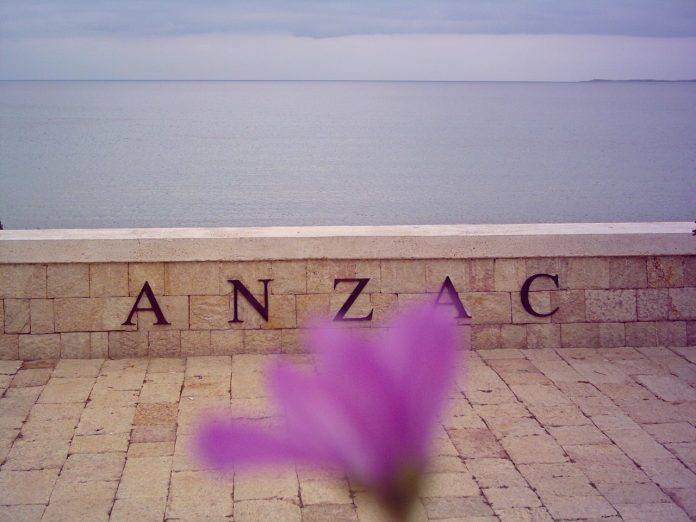Australian Defence Force servicewomen will be front and centre at this year’s Anzac Day march in Sydney, marking the first-time women will lead the march in its history.
The NSW RSL’s decision to extend this invite to the veteran group has prompted multiple clubs across the country to activate similar initiatives in the wake of the By the Left campaign.
Campaign coordinator and veteran Kellie Dadds said the initiative aimed to generate recognition for servicewomen in the Australian community.
“My initiative’s about broadening the public’s perception of what a veteran looks like,” Ms Dadds said.
After attending the inaugural Female Veterans and Families Forum hosted by the Department of Veterans’ Affairs, Ms Dadds identified a common thread that coloured the experiences of female veterans. Servicewomen felt female service was being undermined.
“I’ve got a lot of friends who have been challenged aggressively, and when I say aggressively, they’ve been stalked at remembrance and commemorative events,” she said.
“They’ve had people try to rip their medals off. They’ve been publicly abused and humiliated because ‘how dare they wear someone else’s medals on the left side’.”
ADF veterans traditionally wear their medals on their left breast, while descendants are asked to wear their family member’s medals on the right.
Launching in 2016 as a platform for female veterans and veteran family members to raise their concerns directly with the government, the FVFF also gave rise to the general consensus that the definition of ‘veteran’ needs to be contemporised.
Former Minister for Veterans’ Affairs Dan Tehan addressed the dated classification of a veteran just last year, broadening the definition to include all men and women who are currently serving or have served in the ADF. This has removed the requirement of returned service.
Ms Dadds described the move as “awesome,” particularly after recognising that such sentiments felt by the servicewomen community were largely also felt by younger male veterans.
“It became obvious that young men were suffering the same issue, so we changed the focus of the initiative to become inclusive of female and young male veterans.”
Army Corporal Ashleigh Close echoed Ms Dadds’ remarks, suggesting that disrespect from the public was a growing issue facing thousands of young ADF personnel.
“Younger veterans are more than ever part of the majority of current and ex-serving members and I don’t feel we get as much recognition from the general public as older veterans.”
The 29-year-old mother of one has toured Afghanistan twice in her 11-year career. While she feels equality has come a long way within the organisation itself, Ms Close said she was frustrated with efforts to distinguish male and female service.
“I don’t like being put out there as a woman, specifically, that is serving. We’re just doing our job, the same as men. I don’t want to be put up on a pedestal,” she said.
While Ms Dadds said she was unsure whether a change in public sentiment is nigh, she said she believes enabling servicewomen to lead the Anzac Day parade this year would call attention to historic issues around the value of service.
“The fact that the RSLs have decided to bestow the honour to some women to lead the march is a beautiful tribute, particularly in this final year of the Centenary of Anzac where a number of veterans’ service hasn’t been recognised,” she said.
Note from the editor: This story was to be published on April 24, 2018


